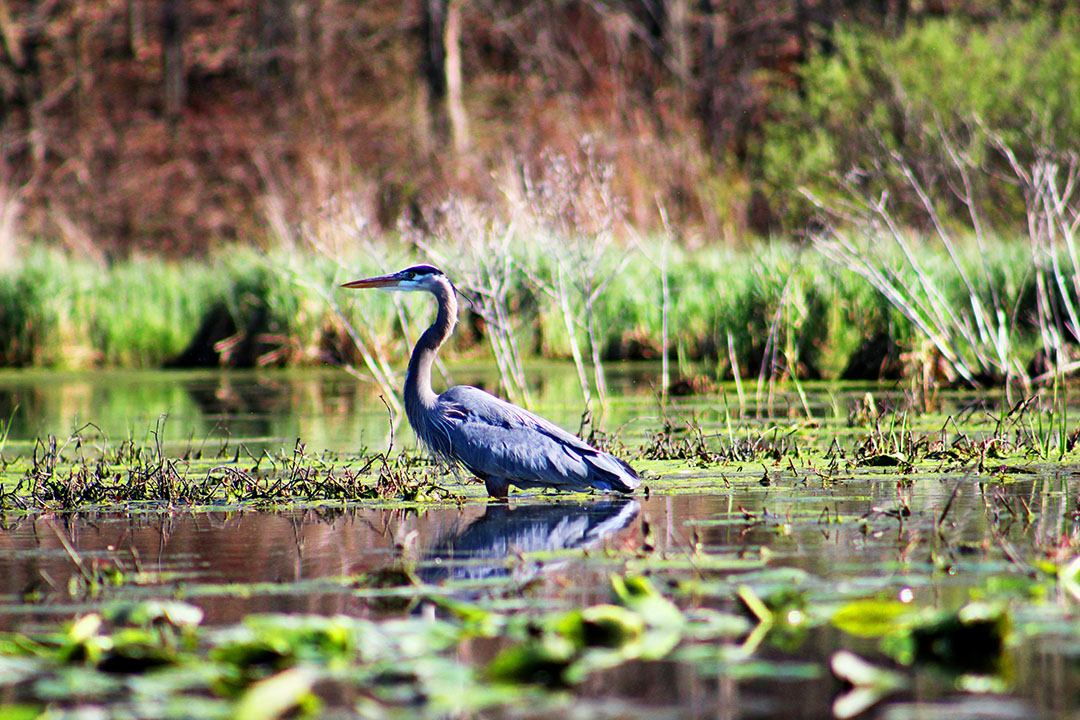NATION – In a landmark decision that has sparked nationwide debate, the U.S. Supreme Court recently ruled to limit the Environmental Protection Agency’s (EPA) power to regulate wetlands under the Clean Water Act. This ruling has significant implications for environmental protection and property rights.
The Case: Sackett v. EPA
The case, known as Sackett v. EPA, involved an Idaho couple, Michael and Chantell Sackett, who challenged the EPA’s determination that their property contained wetlands protected under the Clean Water Act. The Supreme Court, in a 5-4 decision, ruled in favor of the Sacketts, introducing a new “continuous surface connection” test for determining if adjacent wetlands are covered by the Clean Water Act.
Impact on the Clean Water Act
The Clean Water Act, enacted in 1972, has been a cornerstone of U.S. environmental policy, providing the EPA with the authority to regulate the discharge of pollutants into the nation’s waters. However, the scope of the EPA’s authority, particularly concerning wetlands, has been a contentious issue. This ruling marks a significant shift in the interpretation of the Act, potentially reducing the number of wetlands that fall under the EPA’s regulatory authority.
Critics and Supporters of the Ruling
The decision reflects a broader trend among the court’s conservative majority to interpret statutes narrowly. Critics argue that this approach undermines environmental protections and could have far-reaching implications for other environmental regulations. Supporters, on the other hand, view it as a victory for property owners and a check on what they perceive as regulatory overreach by the EPA.
Environmental Implications of the Ruling
The ruling could have significant environmental impacts, particularly in regions like Arizona, where wetlands play a crucial role in the local ecosystem. Wetlands act as natural purifiers of water, removing pollution from drinking water sources. They also provide important habitats for many species of birds and other wildlife. The reduction in protected wetlands could put these vital ecosystems at risk.
Future Impact of the Ruling
The Supreme Court’s ruling is likely to shape the debate over environmental regulation and property rights for years to come. It could also impact ongoing court battles over new water regulations that the Biden administration put in place in December. Two federal judges have temporarily blocked those rules from being enforced in 26 states.
Significance of the Ruling
The Court’s decision to limit the EPA’s power to regulate wetlands under the Clean Water Act marks a significant shift in U.S. environmental policy. As the implications of this ruling continue to unfold, it will be crucial for communities like Arizona to stay informed and engaged in the ongoing debate over environmental regulation and the protection of our nation’s wetlands.
– Jeremy Webb

























